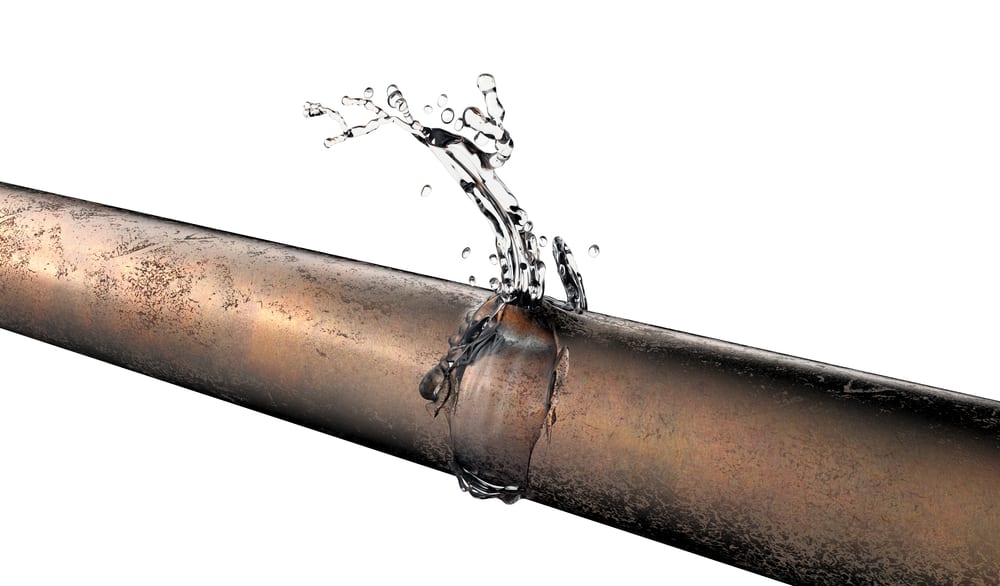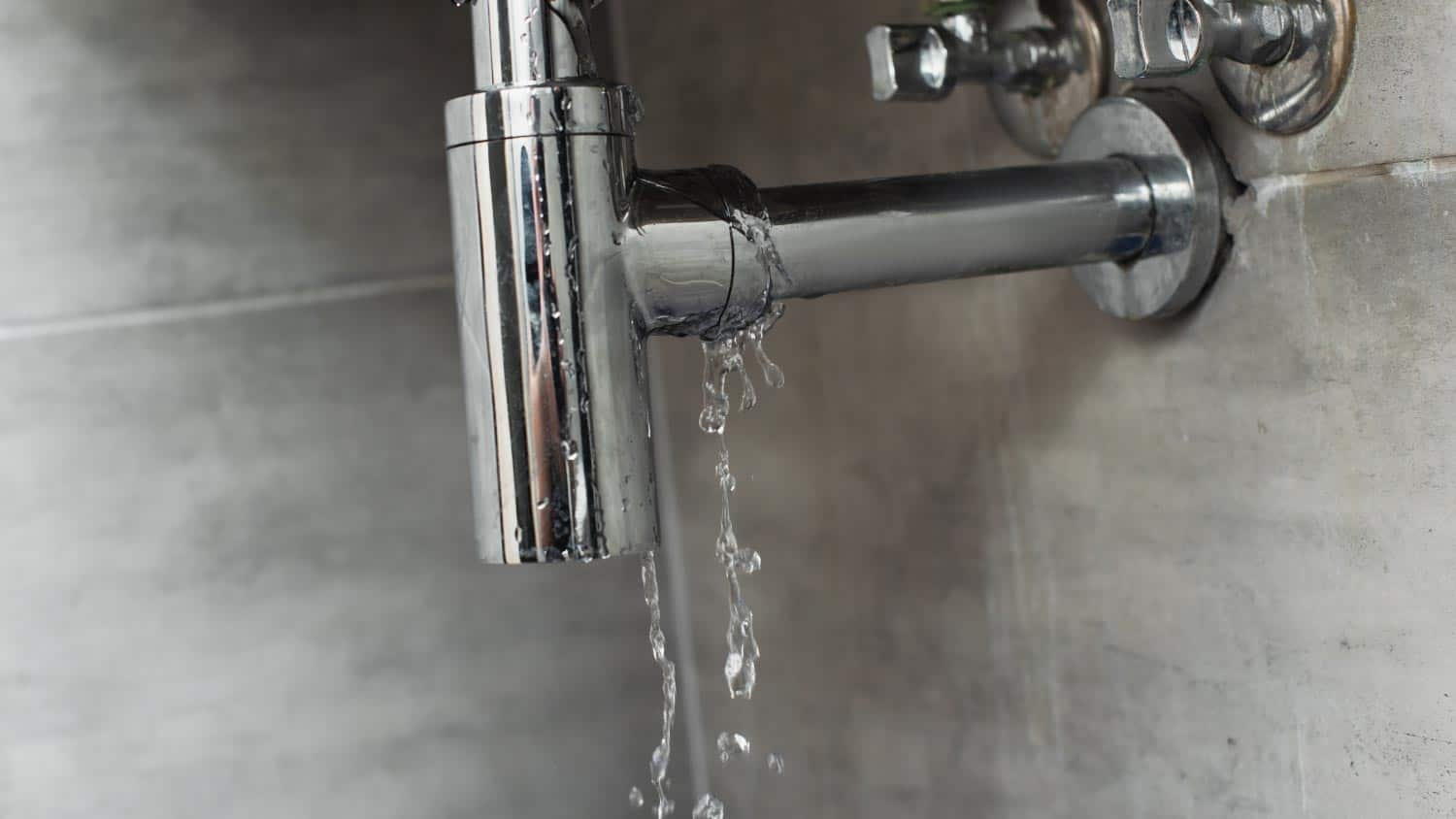6 Ways to Locate Hidden Water Leaks in Your House
6 Ways to Locate Hidden Water Leaks in Your House
Blog Article
Just how do you feel in relation to Locating water leaks?

Early detection of dripping water lines can mitigate a possible calamity. Some tiny water leakages might not be visible.
1. Check Out the Water Meter
Examining it is a proven means that aids you uncover leakages. If it relocates, that indicates a fast-moving leakage. This means you may have a slow leak that could even be underground.
2. Examine Water Intake
Analyze your water costs and also track your water intake. As the one paying it, you should notice if there are any discrepancies. If you spot sudden changes, despite your consumption coinciding, it means that you have leaks in your plumbing system. Bear in mind, your water costs need to drop under the very same array on a monthly basis. An abrupt spike in your expense shows a fast-moving leak.
Meanwhile, a steady rise on a monthly basis, despite the same habits, reveals you have a sluggish leak that's also gradually intensifying. Call a plumber to extensively inspect your residential property, particularly if you feel a cozy area on your flooring with piping beneath.
3. Do a Food Coloring Test
When it comes to water consumption, 30% comes from toilets. If the color in some way infiltrates your bowl throughout that time without flushing, there's a leak between the container and dish.
4. Asses Outside Lines
Don't fail to remember to check your outside water lines also. Examination faucets by connecting a yard hose. Must water permeate out of the connection, you have a loose rubber gasket. Change this and guarantee all links are limited. If you've got a lawn sprinkler, it will certainly assist get it expertly took a look at and also maintained annually. One small leakage can throw away tons of water and also spike your water bill.
5. Evaluate and also Assess the Situation
Home owners need to make it a habit to inspect under the sink counters as well as even inside cabinets for any type of bad odor or mold growth. These two warnings indicate a leak so prompt attention is required. Doing regular inspections, even bi-annually, can save you from a major trouble.
If you understand your house is already old, keep a careful eye on your heating systems, pipes, pipes etc. Look for discolorations and weakening as the majority of pipelines as well as home appliances have a life expectancy. They will certainly likewise naturally deteriorate as a result of tear and also put on. Don't wait for it to rise if you think dripping water lines in your plumbing system. Call a specialist plumber as soon as possible so you don't end up with a terrible mess in your house.
Early detection of leaking water lines can mitigate a prospective calamity. Some small water leakages may not be noticeable. Examining it is a guaranteed means that helps you find leakages. One little leak can throw away lots of water and also spike your water expense.
If you believe leaking water lines in your plumbing system, don't wait for it to rise.
WARNING SIGNS OF WATER LEAKAGE BEHIND THE WALL
PERSISTENT MUSTY ODORS
As water slowly drips from a leaky pipe inside the wall, flooring and sheetrock stay damp and develop an odor similar to wet cardboard. It generates a musty smell that can help you find hidden leaks.
MOLD IN UNUSUAL AREAS
Mold usually grows in wet areas like kitchens, baths and laundry rooms. If you spot the stuff on walls or baseboards in other rooms of the house, it’s a good indicator of undetected water leaks.
STAINS THAT GROW
When mold thrives around a leaky pipe, it sometimes takes hold on the inside surface of the affected wall. A growing stain on otherwise clean sheetrock is often your sign of a hidden plumbing problem.
PEELING OR BUBBLING WALLPAPER / PAINT
This clue is easy to miss in rooms that don’t get much use. When you see wallpaper separating along seams or paint bubbling or flaking off the wall, blame sheetrock that stays wet because of an undetected leak.
BUCKLED CEILINGS AND STAINED FLOORS
If ceilings or floors in bathrooms, kitchens or laundry areas develop structural problems, don’t rule out constant damp inside the walls. Wet sheetrock can affect adjacent framing, flooring and ceilings.
https://www.servicemasterbyzaba.com/blog/how-to-detect-water-leakage-in-walls/

As a fervent person who reads about Detecting hidden plumbing leaks, I was thinking sharing that information was a smart idea. Sharing is caring. You won't know, you may very well be helping someone out. Thank you for your time invested reading it.
Report this page